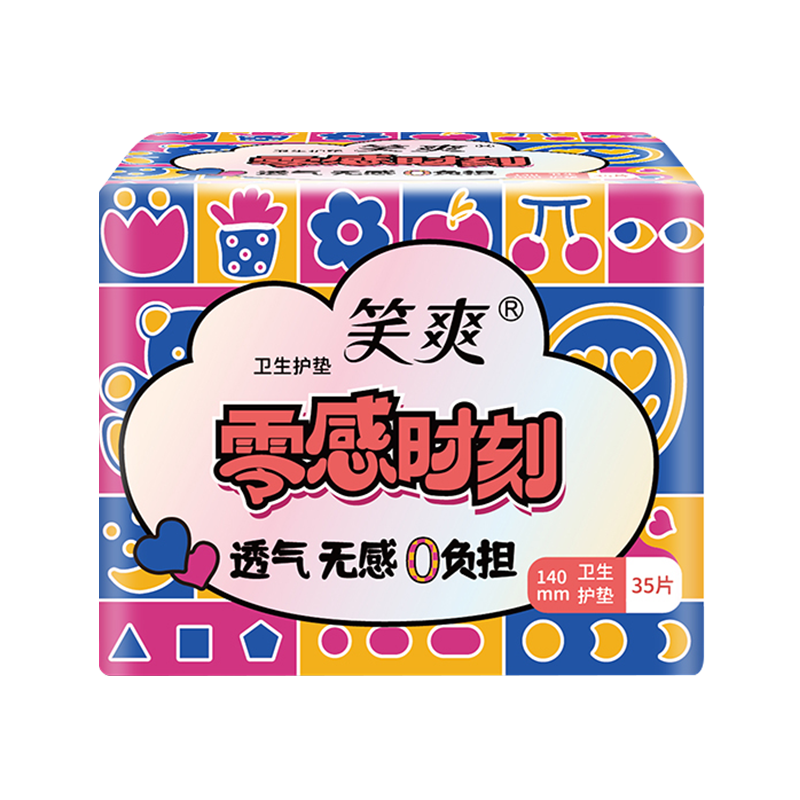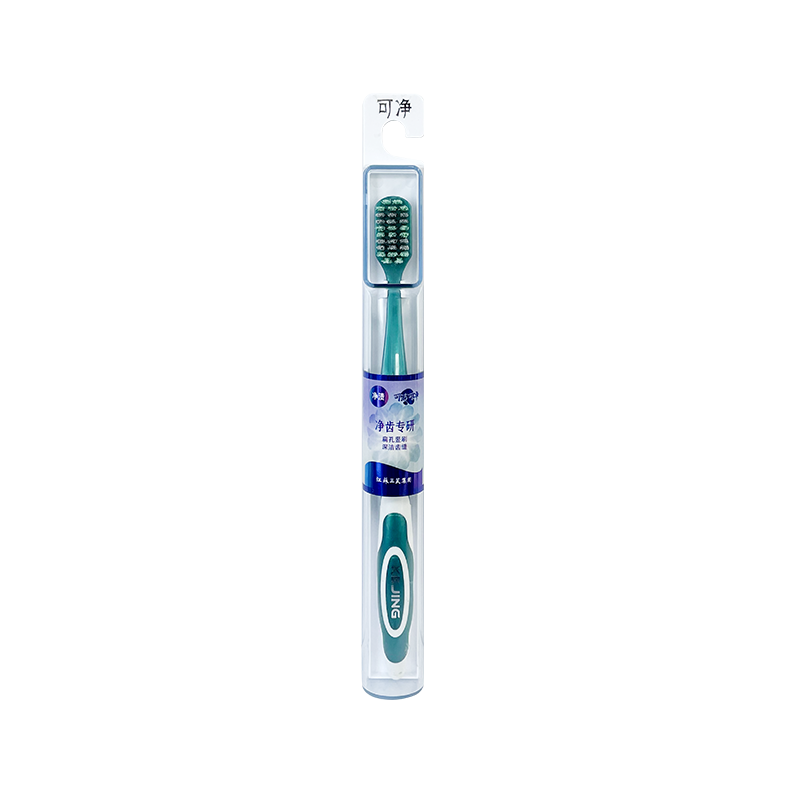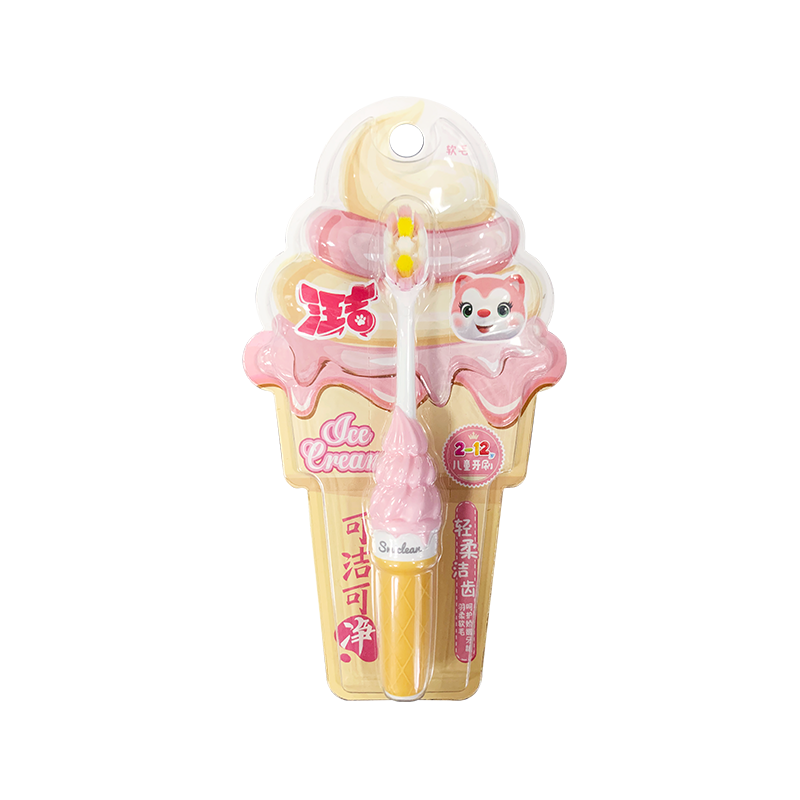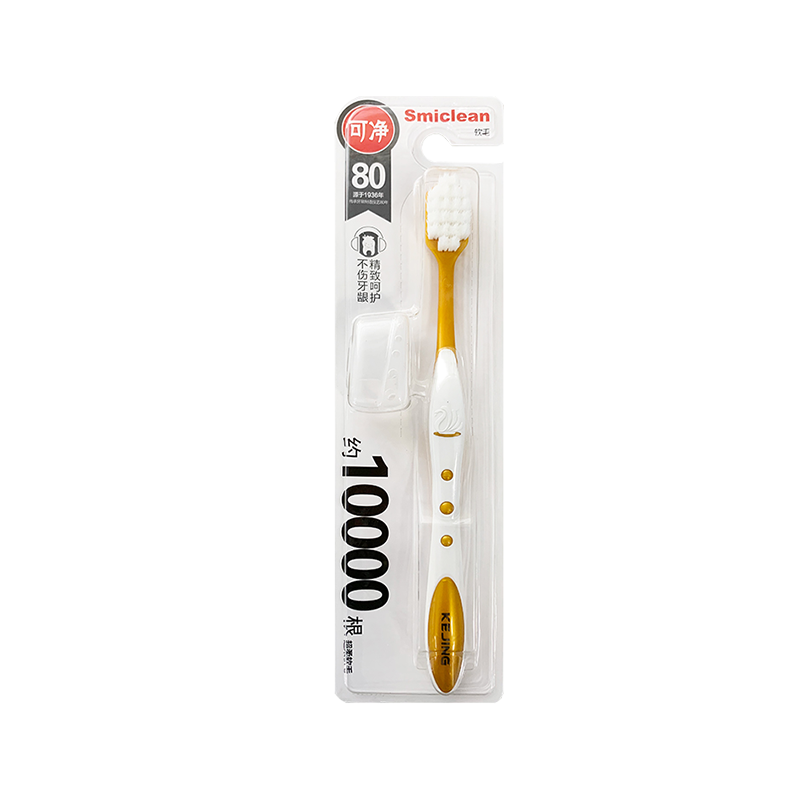Panty Liners: A thoughtful choice and health guardian for women's daily private care
In the daily life of modern women, the choice of personal hygiene products is not only about cleanliness and comfort, but also about health and self-confidence. Among them, Panty Liners, as a lightweight, soft and convenient daily hygiene product, has become an important companion for many women in the non-menstrual stage due to its excellent absorption capacity and fresh and dry experience. Whether it is a lot of secretions, before and after menstruation, or when going out or exercising, sanitary pads can provide additional clean protection and are an "invisible guardian" that cannot be ignored in the field of modern women's private care.
1. What are Panty Liners?
Panty Liners, commonly known as sanitary pads in Chinese, are small absorbent sanitary products that are lighter and thinner than sanitary napkins. They are designed to absorb small amounts of vaginal secretions, sweat or light menstrual blood. It usually consists of the following layers:
Surface layer: the side that contacts the skin, often made of soft non-woven fabric, cotton or dry mesh material, providing a comfortable experience;
Absorbent layer: composed of polymer absorbent and fluff pulp, quickly absorbs liquid and locks moisture;
Bottom layer: usually a breathable PE film or non-woven composite layer to prevent liquid leakage while maintaining breathability;
Adhesive design: can be attached to underwear, stable and not shifting.
Unlike sanitary napkins, panty liners are thinner and smaller in size, suitable for daily or specific minor bleeding scenarios.
2. Main functions and advantages of Panty Liners
Daily secretion absorption
Women will also have varying degrees of leucorrhea or secretions during the non-menstrual period. Panty liners can effectively absorb, keep underwear dry and clean, and reduce odor and dampness.
Use before and after menstruation
In the "warning period" before menstruation or the residual bleeding stage at the end of menstruation, panty liners are a more suitable transitional product than sanitary napkins, avoiding waste while improving comfort.
Use with tampons or menstrual cups
Pads can serve as a double guarantee to prevent leakage and enhance security.
Use when traveling or exercising
When going out for a long time, exercising or in hot weather, pads can help absorb sweat and odors, and enhance comfort all day.
Pregnancy and postpartum care
When vaginal secretions increase in late pregnancy or after childbirth, pads can provide clean protection and reduce the risk of infection.
3. How to use and choose pads correctly
Choose the right material
For sensitive skin, it is recommended to choose cotton-soft surface and fragrance-free pads to avoid irritation;
Users who like a dry experience can choose a mesh structure, which is suitable for summer use.
Pay attention to breathability and comfort
High-quality pads should have good breathability to avoid skin problems such as stuffiness and eczema;
The light and thin version is suitable for daytime activities, while the night version is slightly thicker and more suitable for long-term wear.
Frequently change and maintain hygiene
Pads should be changed every 2-4 hours to avoid bacterial growth and reduce the chance of infection;
It is recommended to avoid using pads when sleeping to let the private parts "breathe".
Choose size and shape according to occasion
There are different designs on the market, such as butterfly, long strip, triangle, etc. You can choose the most suitable one according to the shape of the underwear or wearing habits.
4. Pads and health: common misunderstandings and suggestions
Although Panty Liners are a good helper to improve the quality of life, incorrect use may bring hidden dangers:
Misunderstanding 1: Long-term continuous wear
Many women use the same pad all day for convenience, which can easily cause stuffiness, humidity, itching or vaginitis.
Suggestion: It must be changed once within 4 hours, especially in summer or after exercise.
Misunderstanding 2: Use scented pads to cover up odors
Fragrance ingredients may irritate private skin and induce allergic reactions.
Suggestion: If there is an abnormal odor, you should consider seeing a doctor to check for gynecological inflammation instead of relying on fragrance to cover it up.
Misconception 3: Using panty liners as "underwear substitutes"
Panty liners are only auxiliary products and cannot replace the role of cleaning underwear.
Recommendation: Change clean underwear every day, and use panty liners only as a supplementary hygiene tool.
5. Market trends and product innovation
As women's health awareness increases, Panty Liners products are constantly innovating and upgrading, moving towards a more environmentally friendly, comfortable and multifunctional direction:
Increased use of natural organic materials: such as bamboo fiber, organic cotton, etc., to reduce irritation and be more environmentally friendly.
Degradable materials and environmentally friendly packaging: respond to the concept of green consumption and promote the development of sustainable products.
The rise of functional panty liners: such as adding probiotics, antibacterial ingredients, far infrared warmth, etc., to provide more comprehensive care support.
Customized and personalized packaging design: suitable for different age groups and usage scenarios, to enhance user experience.
As an important product for women's daily private care, Panty Liners not only provides a dry and comfortable experience, but also protects women's health in details. Reasonable selection and correct use of panty liners can not only improve the quality of life, but also prevent a variety of gynecological problems. With the continuous upgrading of product technology and consumer awareness, sanitary pads will also move from "daily necessities" to a new height of "health management", becoming an irreplaceable gentle guardian in women's lives.

 English
English русский
русский Español
Español




